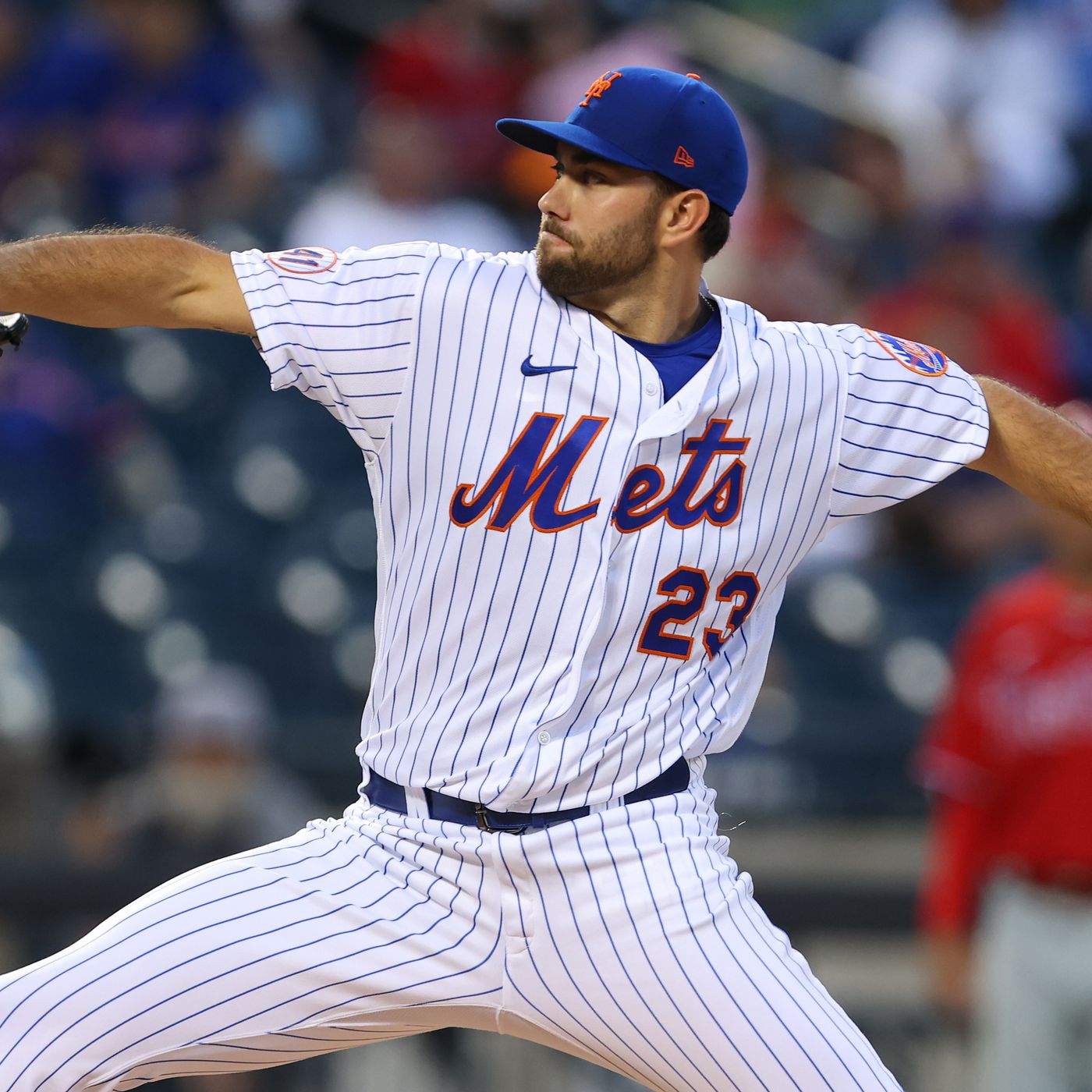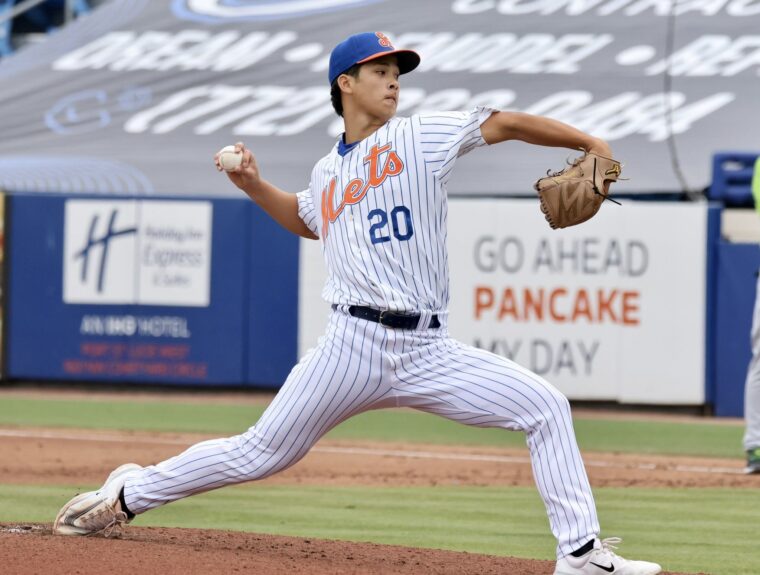Why this young mets pitcher could have a career year in 2023
When the popular baseball analytics website Fangraphs released their much-anticipated projections for the 2023 MLB season, some fans were surprised to see the 27-year-old lefty David Peterson of the Mets projected to have such a great season. Peterson is projected to have a 3.13 ERA in the 2023 season according to Fangraphs. This ERA is lower than the projected ERAs of future hall of Famers Justin Verlander and Max Scherzer along with highly touted Japanese rookie Kodai Senga. So why does Fangraphs have such high expectations for David Peterson this season?
Innings
2022 Season
After a disappointing 2021 season when Peterson was projected to break out, he turned in a 5.54 ERA. In 2021 Peterson was primarily a sinker-slider pitcher and while his sinker had pretty good results in 2021 (.234 BAA or batting average against) it is slower than his four-seam and those few MPH differences in his pitch mix harmed him. The 2022 season was all about the slider for Peterson; he increased its usage and also introduced a curveball he didn't use in 2021. I believe just throwing the curveball 5% of the time mostly in the first pitch of at-bats drastically improved his arsenal. Peterson likely learned this from Max Scherzer who also implored Jacob deGrom to start throwing his curveball first pitch.
Velocity
Like many other Mets pitchers under Jeremy Hefner, Peterson experienced an increase in velocity. Most notably Peterson hit 99 mph (98.9) in his August 6th star vs. the Atlanta Braves as shown in the video above. While he only hit 99 once he did hit 98 multiple times and sat around 96-98 when coming out of the bullpen. I believe that as he gets older and especially if he continues to be in the bullpen his velocity will only increase. Additionally, Peterson consistently ranks in the 96th to 98th percentile for extension. Meaning he releases the ball closer to the plate than most pitchers in the league so his pitches look faster than they are.
The Slider
Peterson's signature pitch has become his slider, at the start of the season it was clear that Peterson's slider had a lot more horizontal movement giving it more of a sweeping look. It's not just how the pitch looks though, the numbers back it up, the pitch had a .199 BAA throughout the season. Also, a 43.8% O-Sw% (swings on pitches outside the zone/total pitches thrown outside the zone) this means he didn't need to throw his slider inside the zone to get outs with it. The pitch had a 48.5% Whiff% and a 53.4% swing percentage according to these numbers David Peterson's slider is one of the best pitches in baseball.
Conclusion
In conclusion, David Peterson has all the potential in the world and it will be interesting to see how the Mets utilize him this year. Regardless, I would like to see him increase his slider usage this year as it was his most successful pitch of the year. This would also allow his increasing fastball velocity be more effective. I believe Peterson could eventually become a two-pitch reliever with his elite slider and high-velocity fastball. However, he could also realistically be a part of the met's potential 6-man rotation this year.




Comments
Post a Comment